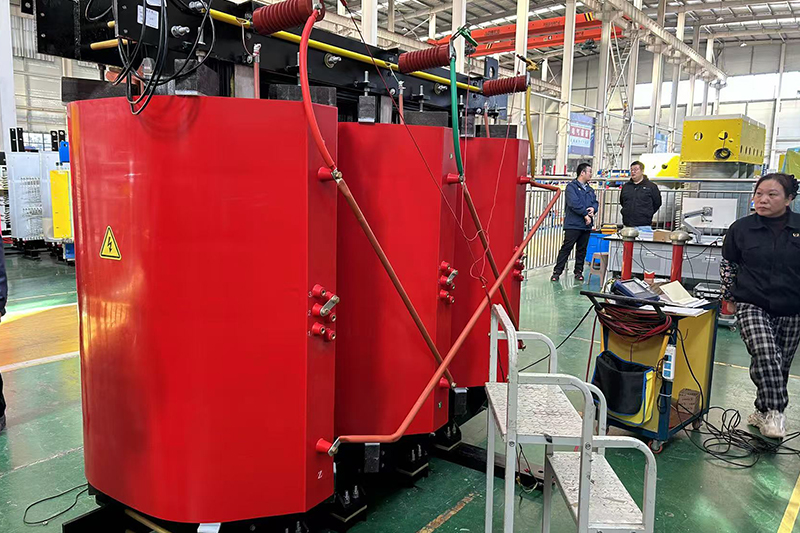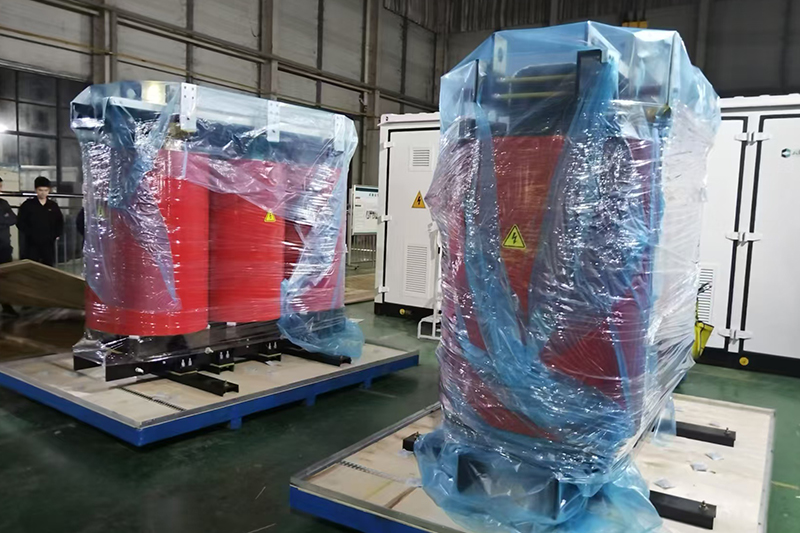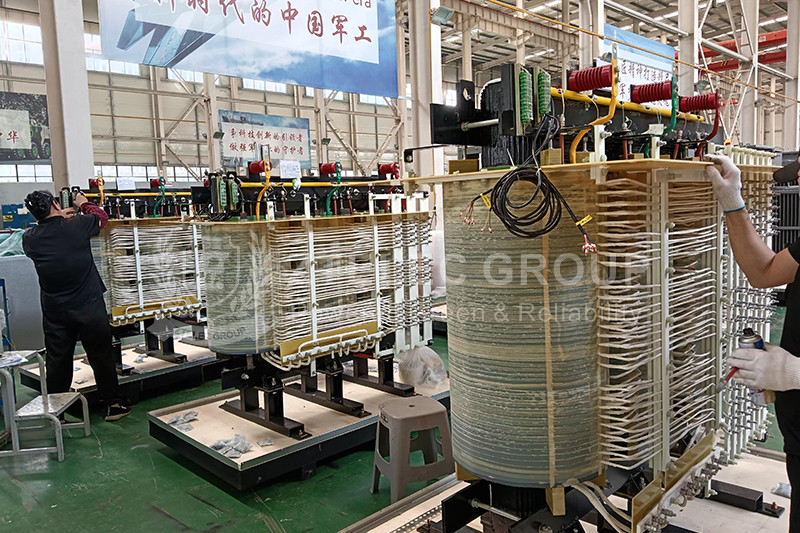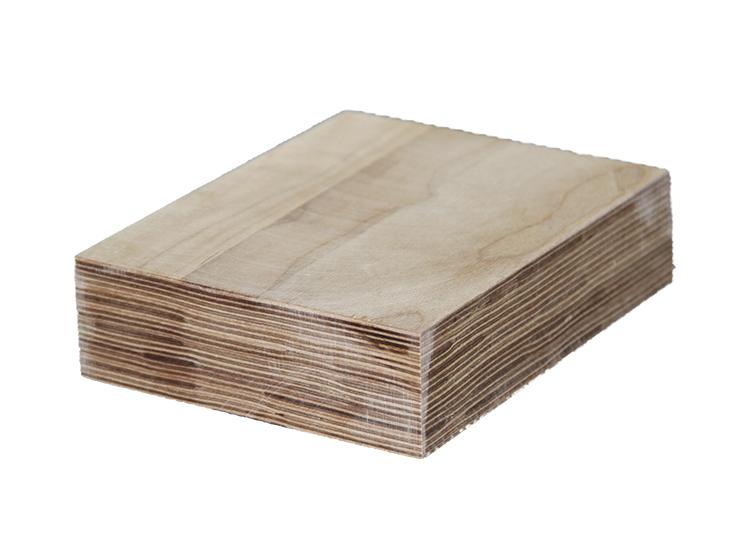Recommended Dry-Type Transformer Models: Optimal Choices for Different Applications
In modern power transmission and distribution systems, dry-type transformers are widely favored for their oil-free design, environmental safety, and low maintenance. Selecting the right model for specific applications is essential to ensure safety, efficiency, and long-term reliability. This article introduces the most commonly recommended dry-type transformer models and their ideal usage scenarios across various industries and environments.

Dry-Type Transformer Overview
Dry-type transformers operate without insulating oil and are known for their excellent moisture resistance, fire safety, and minimal maintenance. They are especially suitable for locations with high safety and reliability demands, such as high-rise buildings, hospitals, and data centers.
Popular models: SC(B)12, SC(B)14, SC(B)18
These SC(B) series transformers are compact, lightweight, and cost-effective in terms of installation. They do not require oil tanks or fire suppression systems and are widely applied in urban grids, commercial buildings, theaters, subways, laboratories, stations, airports, and more.
Energy-saving model: S(B)H series
This model adopts amorphous alloy core technology, reducing no-load loss by up to 70% compared to traditional transformers. It’s especially suitable for rural grids and low-load-rate operations, aligning with national energy-saving policies and standards.
1. Building Power Distribution: Commercial Complexes, Hospitals, Schools
Recommended models: SCB10, SCB13
These models are ideal for residential and public buildings where noise, fire safety, and efficiency are critical.
Key benefits:
– Operating noise ≤ 50dB, ensuring quiet environments
– F-class insulation to meet stringent fire regulations
– SCB13 meets Tier 2 energy efficiency standards with ~20% lower no-load loss than SCB10
– Capacity range: 800kVA to 2500kVA, adaptable to various building loads
2. Industrial Applications: Chemical Plants, Metallurgy, Mining
Recommended models: SCBH15 (amorphous alloy), SG10 (H-class insulation)
Why these models:
– H-class insulation handles 180°C high-temperature environments
– Epoxy resin casting and protective coating prevent corrosion and moisture damage
– SCBH15 reduces no-load loss by 60–70%, perfect for 24/7 industrial operations
– Capacity range: 1000kVA to 6300kVA to meet heavy-duty industrial needs

3. Renewable Energy: Photovoltaic and Wind Power Systems
Recommended model: SG(B)14
Ideal features:
– Excellent impact resistance against inverter harmonics
– Double-split winding structure enhances redundancy and system reliability
– Amorphous alloy design suits low-load-rate distributed PV systems
– Capacity range: 500kVA to 5000kVA, selected based on inverter size and system layout
4. Rail Transit and Data Centers
Recommended model: SCB18 (Tier 1 energy efficiency)
Application advantages:
– 30% lower no-load loss compared to SCB13, achieving top-level energy efficiency
– High short-circuit impedance (≥ 8%) for excellent short-circuit resistance
– IP20 protection with intelligent temperature control systems for secure operation in complex environments
– Ideal for metro systems, airports, and high-density computing environments
5. Harsh Environments: High Altitude and High Humidity
Recommended model: SCB10-T (High Altitude Type)
Performance in special conditions:
– Enhanced thermal dissipation design for operation in thin-air environments
– For every 1000m altitude increase, rated capacity should reduce by ~5%
– Sealed structure supports stable performance under 95% relative humidity
– Suitable for mountainous regions, tropical zones, and coastal projects
Selecting the right dry-type transformer model is essential for optimizing performance, safety, and energy savings in different environments. From SCB10 for commercial buildings to SCBH15 for industry and SG(B)14 for renewable energy, each transformer type serves a specific purpose. By understanding these differences and applying the right model, project designers and engineers can ensure long-term system reliability and operational efficiency.
- more+releated article
- 2025-10-21Application of K Factor Transformer
- 2025-10-21Detailed explanation about transformer model w
- 2025-10-2010kV Oil-Immersed Transformer Safety: Lightnin
- 2025-10-20What are The Advantages of Phenolic Cotton Clo
- 2025-10-17Are Three-Phase Isolation Dry-Type Transformer
- 2025-10-17G10 Epoxy Sheet: Choosing the Right Specificat
- 2025-10-1610kV Oil-Immersed Transformer Operation Inspec
- 2025-10-163240-B Epoxy Phenolic Glass Fiber Cloth Lamina
- 2025-10-15G10 Epoxy Sheet: The Preferred Insulation Mate
- 2025-10-15Analysis of Energy-Saving and Noise Control Te





